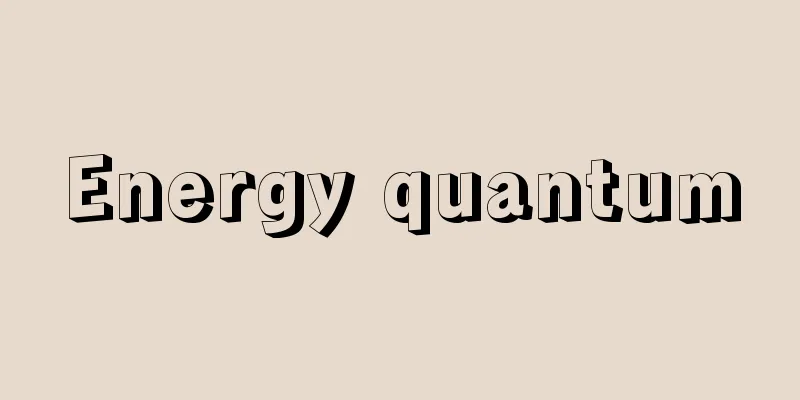Optical amplifier

|
An amplifier that can amplify optical signals as they are. Practical optical amplifiers currently in use can be broadly divided into those that use special optical fibers and those that use semiconductor elements. The principle of optical fiber optical amplifiers is to add rare earth elements such as erbium to the core of an optical fiber to create a state with an energy gap corresponding to the 1.5 to 1.6 micrometer wavelength band often used in optical communications, and then inject powerful semiconductor laser light into it to increase the number of high energy state electrons in the core. When electrons transition from a high energy state to a low energy state, they emit light with the same phase as the light wave that is incident on the core. This is called stimulated emission, and this phenomenon amplifies the optical signal passing through the optical fiber. The principle of semiconductor optical amplifiers is to increase the number of high energy electrons by passing an external electric current (excitation current) through the semiconductor. When an optical signal is then injected into the semiconductor from outside, the light is amplified by stimulated emission in the same way as in optical fiber amplifiers. This optical amplifier is used as a repeater in an optical fiber communication system to compensate for the attenuation that occurs when an optical signal propagates through an optical fiber, making it possible to significantly extend the transmission distance. [Tetsuya Miki] Source: Shogakukan Encyclopedia Nipponica About Encyclopedia Nipponica Information | Legend |
|
光信号をそのまま増幅できるような増幅器。現在使われている実用的な光増幅器は、特殊な光ファイバーを用いるものと半導体素子を用いるものに大別できる。 光ファイバーによる光増幅器の原理は、光ファイバーのコア部分に、エルビウムなどの希土類を添加することにより、光通信でよく使われる1.5ないし1.6マイクロメートルの波長帯に対応するエネルギーギャップを有する状態を形成し、そこへ強力な半導体レーザー光を注入することでコア部に高いエネルギー状態の電子を増加させる。電子は高いエネルギー状態から低い状態に移行するとき、コア部に光波が入射するとそれと同じ位相の光を放出する。これを誘導放出というが、この現象により、光ファイバーを通過する光信号が増幅される。 半導体素子による光増幅器の原理は、外部から半導体中に電流(励起電流)を流すことにより高いエネルギー状態の電子を増加させる。そこへ外から半導体中に光信号を入射すると、誘導放出により光ファイバー増幅器の場合と同様に光は増幅される。 この光増幅器を光ファイバー通信システムの中継器として使用して光信号が光ファイバー内を伝搬中に生じる減衰を補償し、伝送距離を大幅に延ばすことを可能としている。 [三木哲也] 出典 小学館 日本大百科全書(ニッポニカ)日本大百科全書(ニッポニカ)について 情報 | 凡例 |
>>: Light Spectrum - Hikari Spectrum
Recommend
Shona
…The annual variation becomes larger the further ...
Social insurance fee - shakaihokenryo (English)
The cost borne by employers, employees, the govern...
Awaken - to remember
(A variation of "omohoyu (thought)") [1]...
Fuda
The name was inherited by the current Futa area of...
Local maximum value
The value at which a function reaches its maximum....
Workplace committee - Shokubaiin
A term used to refer to trade union officials who ...
law in books
...However, the concept remains important in high...
Doyo Wave - Doyonami
This refers to the big waves that wash up on the c...
Pheasant Fern - Pheasant Fern
An evergreen fern of the family Lycopodium (illust...
Entelegynae
…There are 10 families of spiders in Japan, inclu...
Urakami collapse - Urakami collapse
The incidents of arresting hidden Christians occur...
Wholesale business - Oroshiurigyo (English spelling) wholesale business
An important functional area in the product distri...
Tension structure
...In other words, tensile stress exists on the m...
Abuta iron deposit
...In 1791 (Kansei 3), a customs office was estab...
Agama Sutra - Agonkyo
A general term for the earliest Buddhist scriptur...









